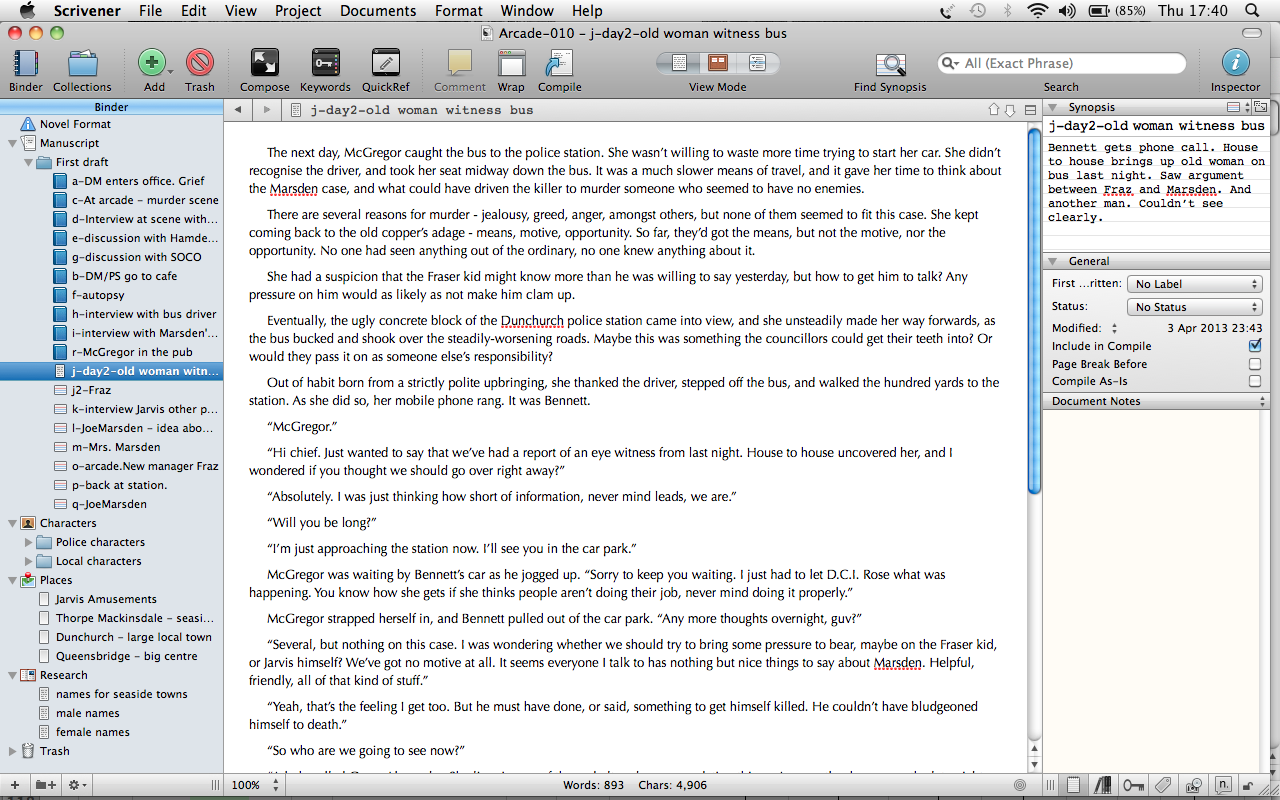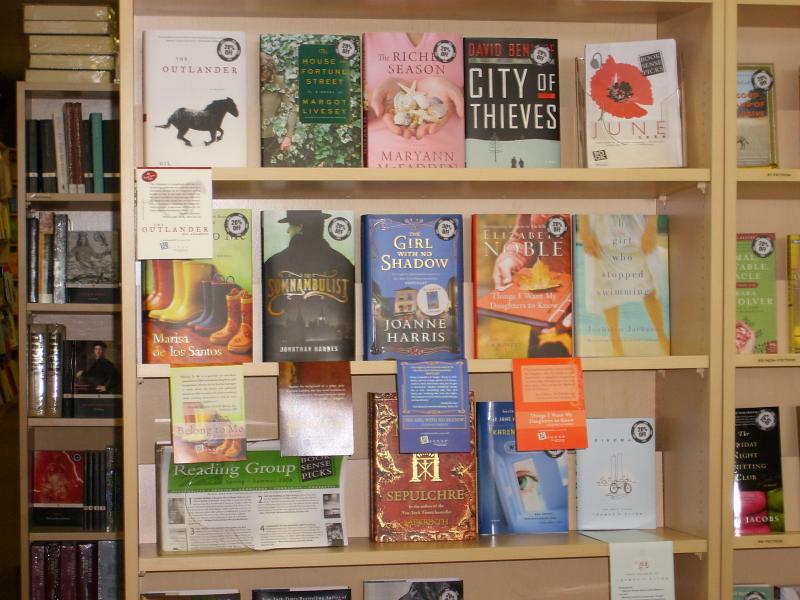BEFORE NANOWRIMO
1. Write what interests you as a reader.
There’s no point choosing a genre that you don’t enjoy and know nothing about. Some people like to choose books which might be ‘popular’ (e.g. sparkly vampires or very naughty businessmen with a penchant for violence). This is a recipe for disaster. There is an old saying” ‘Write what you know’. This is obviously not true in all cases, because there would be no science fiction. But you need to write with authority about a subject. I can’t write humour, and I can’t write romance. I’ve tried, but it just doesn’t work. So I don’t, no matter how popular those genres have become. I know I enjoy writing short dark fiction, crime novellas, and longer thrillers. I find them to be the most enjoyable. So for this NaNoWriMo, I’m either writing (you’ll never guess) short dark fiction (to make a set of short stories); crime novellas (for my crime series books); or a long novel-length thriller (either techno or political – I have ideas for both).
2. Plan
Benjamin Franklin said: “By failing to prepare, you are preparing to fail.” Variations of this abound all over the internet, but the idea is the same. People who don’t plan are called “pantsers” – they write by the seats of their pants. I’ve tried this, but it just doesn’t work for me. I have to know where the story’s going, who the bad guys are, and who gets killed in the end. That’s not to say I stick rigidly to the plan. Characters change sides, gender, even sexuality sometimes. Good guys get killed, bad guys prosper, and the creepy guy from up the road with the camera turns out to be a hero. But you must have the plan, the outline. I don’t think I’ve had a NaNo where I haven’t deviated from the plan. But that’s okay, because by then, I know where my story’s going. Create some story ‘beats’, from a few lines to a couple of pages that says who does what, to whom, and with which unearthly creature. Believe me, this will help you later on in the month.
3. Have backup ideas
Ha! Yes, I have some great story ideas. Some wonderful characters jumping and screaming in my head to tell their story. Beautiful locations, cunning plots and twists.
And then, 25,000 words in, I see it all is rubbish. The fascinating characters are paper thin, the plots are boring and stereotypical, and the locations are less interesting than that dark and smelly place behind my garage. It would be easy to throw my hands up in horror, and go and sulk. But when stories stagnate, I turn to my “ideas” folder on the computer, and zoom through a few of my story ideas, and start writing a new story. It’s okay, The NaNoWriMo people don’t mind. You then become a “rebel”, but you can still count all of your words towards the total, and get access to that all-important badge at the end of the month. It’s much better to have succeeded, and have 50,000 words under your belt, than to fail mid-month.
Tomorrow: Tips 4-7 Writing During NaNoWriMo






